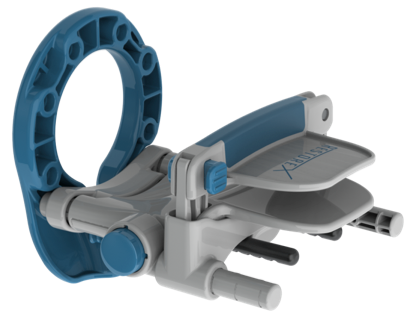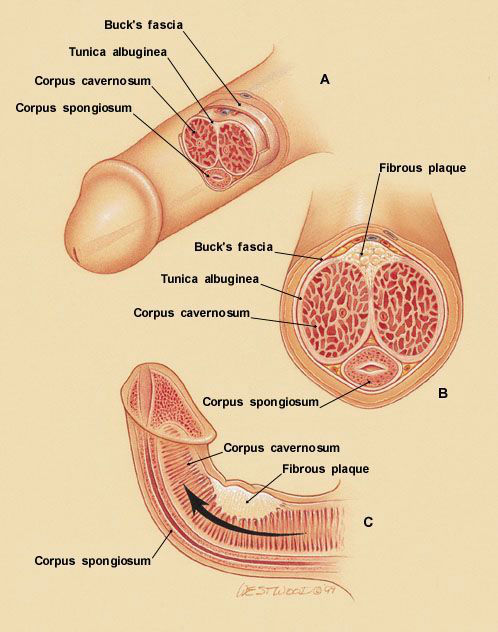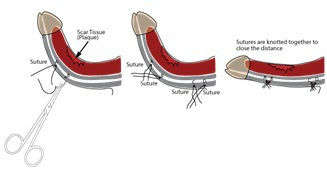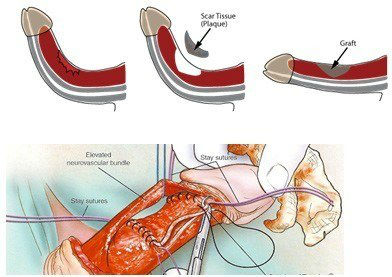Peyronie’s Disease
Xiaflex - The newest, non-surgical treatment for Peyronie's Disease
A/Prof Katz offers the latest medical advance in Peyronie's Disease - Xiaflex. He has one of the largest experiences with Xiaflex in Australia and is often invited to teach and demonstrate to urologists his technique. A/Prof Katz's experience was featured in a recent article in the Australian Financial Review.
A/Prof Katz was part of a recent Clinical Excellence Workshop and was interviewed about Xiaflex. Watch the video of the interview below.
It is important to appreciate that although Xiaflex still remains an excellent intervention for peyronies disease, due to the dramatic cost increase by the USA manufacturer, the sole distributor in Australia no longer brings this product into Australia unfortunately. There our alternatives to consider and if you would like to have a discussion about them, please make an appointment at MHM with one of our specialist urologists.
RestoreX - The Next Generation Penile Traction Device
***Available through Men's Health Melbourne at reduced rates***

At Men’s Health Melbourne we offer patients the newest traction device available for Peyronies disease – The RestoreX traction device. This is the only TGA approved traction device in Australia.
For information on this device please click here.
Background
The male penis serves a very important role in urinary function and as a sexual organ. The penis is a cylindrical organ which consists of 3 separate parts. In the upper portion there are 2 cylindrical bodies which lie side by side (corpora cavernosa) and are surrounded by a layer of connective tissue called the tunica albuginea. The 3rd chamber is a column of connective tissue which covers the urethra (a narrow tube which carries urine and semen outside the body). Peyronie’s disease is a condition in which plaque or scar tissue is formed within the tunica albuginea of the penis. This may cause problems such as a curved and painful erections.

Causes
The exact reasons why Peyronie’s disease forms in certain individuals is unclear. The underlying cause is often a genetic susceptibility combined with some sort of trauma to the penis. Often the trauma is mild and not obvious to the man. It can related to multiple “micro-traumas” which cause impaired wound healing in the tunica and scar formation.
Incidence
The incidence of Peyronies disease has been found to be as high as 9% of the male population. After a radical prostatectomy, one study found that the incidence was 16%.
Symptoms
The initial symptoms of Peyronie’s disease are painful erection and thickening of the penis. You may also notice a curvature or bend in the penis which is most obvious when the penis is erect. There can also be symptoms like lumps in the penis, soft erection and difficulty in penetration. In very severe cases the plaque may accumulate calcium and become very hard.
A significant proportion of men with peyronies disease develop symptoms of depression. At MHM, we screen men for these symptoms and arrange follow-up if necessary. However, often with treatment of the Peyronies’ disease, the depressive symptoms resolve.
Diagnosis
A good history combined with a thorough physical examination of the penis is sufficient to diagnose Peyronie’s disease. A photograph can also help illustrate the extent of the problem to the specialist. However, to help characterize the extent of the disease as well as any diagnosing underlying arterial or venous problems of the penis, a duplex Doppler ultrasound is undertaken.This test helps the specialist to plan the appropriate intervention and can also help to more accurately inform the patient of the expected outcomes.
Treatment
There are various types of treatments for Peyronie’s disease. You may also decide not to have the condition treated if the condition is very mild and if you have few or no difficulties during sexual activity.
Non-Surgical Treatments
Non-surgical treatments include:
- Stretching: This process involves wearing a traction device which stretches the penis to help reduce the deformity or bend. These are available at MHM.
- Injected medications: Under a local anaesthetic, medications injected directly into the plaque can decrease the degree of curvature.
- Oral medications: Oral medications have a very limited utility. They are mostly used if the plaque is calcified on an ultrasound.
- Shock wave therapy: This therapy may be useful in patients who do not want surgery and other conservative measures have not worked. Although some men gain benefit, there is no strong data to support its use.
Surgical treatments
Your doctor will suggest a surgical treatment only if the condition has attained stability and you have been pain free for at least 6 months.
Some of the surgical treatments are:
- Plication: This day case procedure involves placing sutures in the “long” side of the penis to make it straight.
- Plaque incision and grafting: This procedure is much more complex than a plication procedure. It is indicated for severe curves (>60 degrees) and for patients with a very short penis. It involves lifting the nerves that supply the penis with sensation, cutting the plaque and placing a specialized material to cover over the defect.
- Penile implant surgery: In some men, especially those with some erectile dysfunction, the best treatment is a penile prosthesis. This device not only fixes the curvature but also gives a very strong erection.
Click here to read more.


 Minimally Invasive Prostate Surgery
Minimally Invasive Prostate Surgery Penile Implant Surgery
Penile Implant Surgery Kidney Stones
Kidney Stones Male Fertility Check-Up
Male Fertility Check-Up Microsurgery for Male infertility and Vasectomy Reversal
Microsurgery for Male infertility and Vasectomy Reversal Incontinence
Incontinence Erectile Dysfunction
Erectile Dysfunction General Urological Conditions
General Urological Conditions Peyronie’s Disease
Peyronie’s Disease Penile Duplex Doppler Ultrasound
Penile Duplex Doppler Ultrasound Penile Rehabilitation
Penile Rehabilitation Testosterone Therapies
Testosterone Therapies Premature Ejaculation
Premature Ejaculation









 A/Prof Darren Katz
A/Prof Darren Katz Dr. Deanne Soares
Dr. Deanne Soares Dr. Vincent Chan
Dr. Vincent Chan Dr. Glenn Duns
Dr. Glenn Duns Kath Schubach
Kath Schubach






